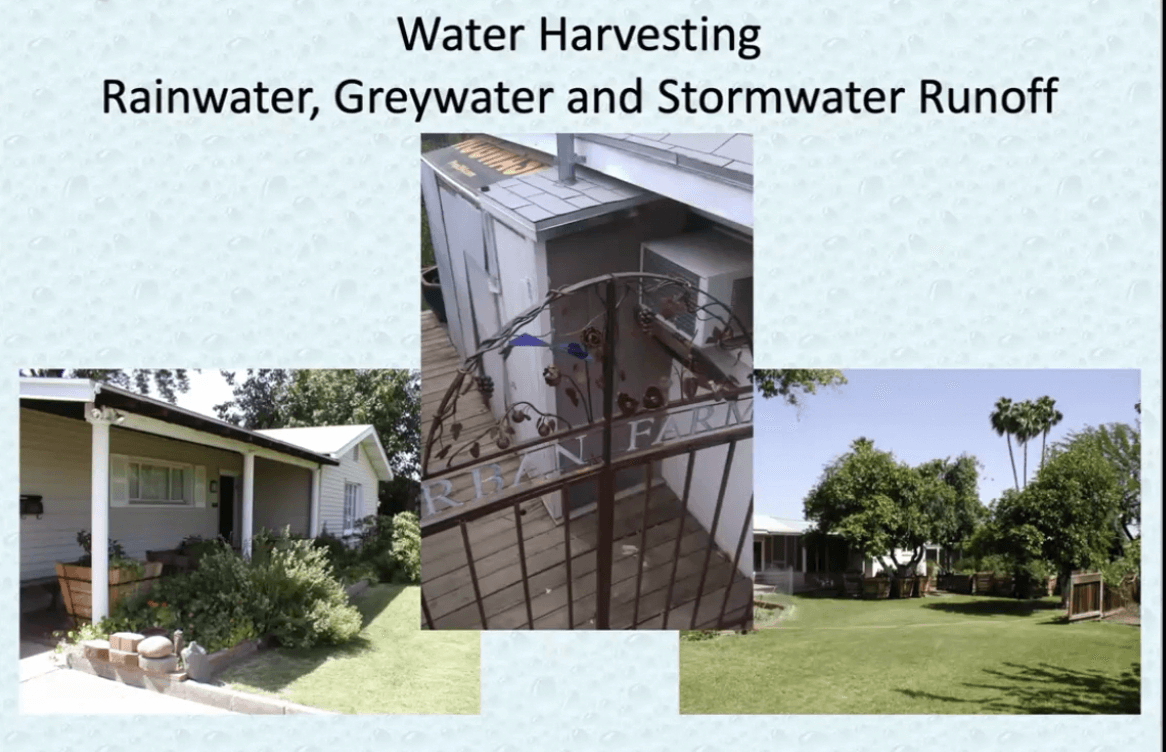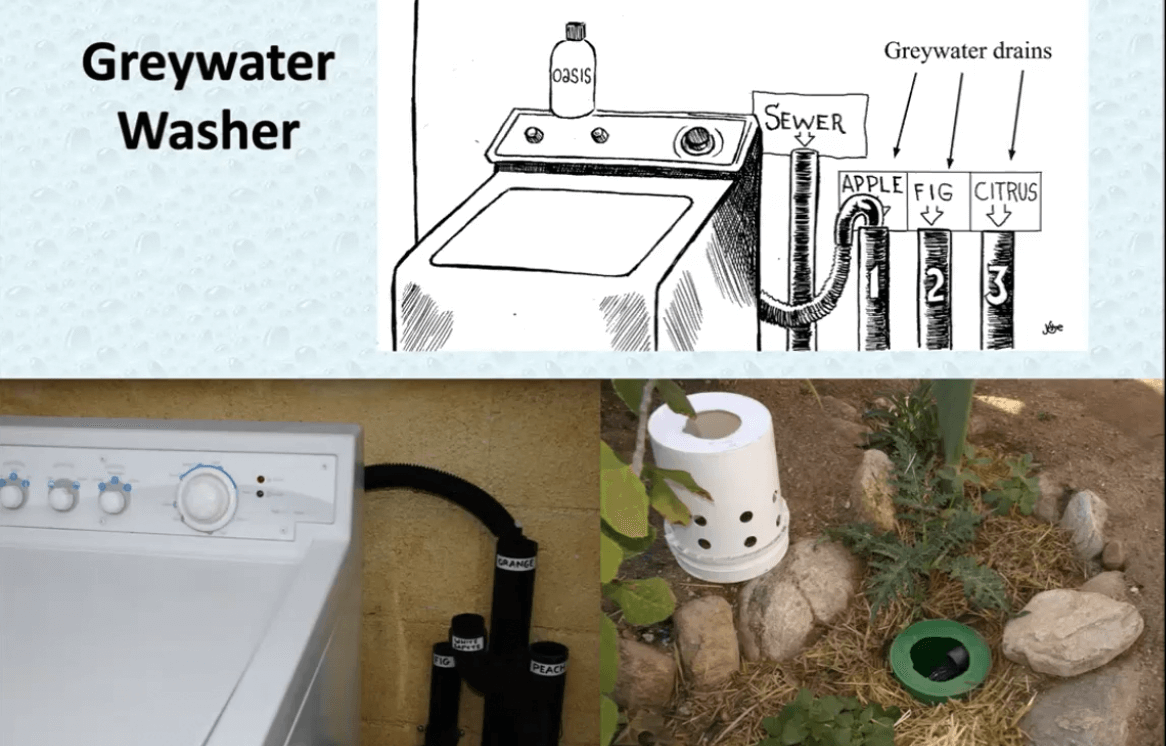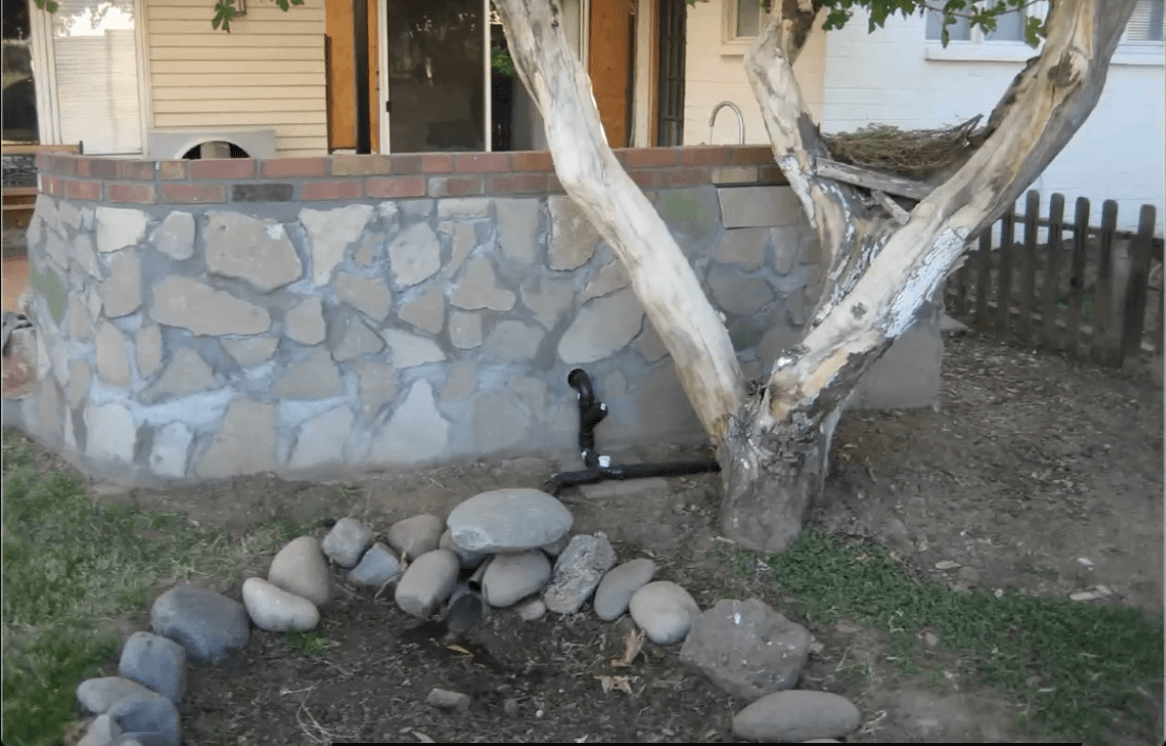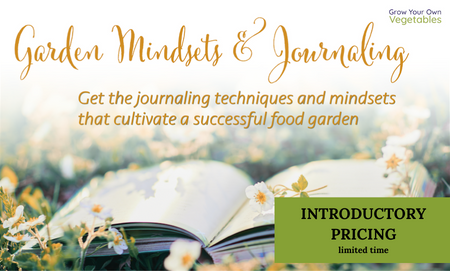Do you have questions about how to harvest water for your garden, where to start, or how to make it work without expensive equipment? You’re not alone. Water harvesting can seem complicated at first—but it doesn’t have to be. In this article, we’ve structured the information in a simple Q&A format, so you can find practical answers to common questions and start turning every drop of rain and greywater into a thriving, self-watering garden.
Why is water harvesting important for gardeners?
Most gardeners focus on sunlight, soil, and seeds—but water is one of nature’s most precious resources. With unpredictable rainfall and rising costs, harvesting and directing water isn’t just eco-friendly—it’s essential for a sustainable garden. Capturing water that would otherwise run off helps nourish plants, improve soil health, and reduce water bills.
As Greg Peterson reminds us, even in dry climates, understanding how water moves through your space can transform your garden:
“Go out when it’s raining and look. See where the water flows. Get wet!
That’s how you learn what your garden really needs.”
What is water harvesting, and what types should I know about?
Water harvesting is the practice of capturing, directing, and reusing water where it falls, instead of letting it wash away. Greg Peterson breaks it down into three main types:
• Rainwater harvesting: Collecting rainfall from roofs and other hard surfaces.
• Greywater harvesting: Reusing water from sinks, showers, and laundry (not toilets or kitchen sinks).
• Stormwater harvesting: Capturing run-off from streets, driveways, or other hard surfaces.
Even in places with limited rainfall—like Greg’s Urban Farm in Phoenix, which averages only seven inches per year—these techniques can provide thousands of gallons of usable water.
Do I need expensive tanks or equipment for water harvesting?
Not at all. Many people imagine rainwater harvesting as large, costly storage tanks—but Greg emphasizes smart design over big budgets.
For example:
• He installed a 7½-foot concrete culvert tank for $2,500.
• Later, he built a system with PVC piping and a half-buried barrel for just $80—equally effective.
The key is to focus on directing water into the soil, letting gravity nourish your plants naturally. Even a slight slope in your driveway or garden path can guide rain into garden beds instead of out to the street.
How can I safely use greywater in my garden?
Greywater—used water from sinks, showers, and washing machines—can be a free irrigation source when handled correctly:
• Never store greywater; use it immediately to prevent it from becoming “blackwater.”
• Apply it below the surface in mulch basins, not through drip systems.
• Use eco-friendly, biodegradable soaps that break down into fertilizer.
• Direct greywater to perennial plants like trees and shrubs, not leafy greens or root vegetables.
At his Urban Farm, Greg even built systems using reclaimed materials, such as an outdoor kitchen sink directing rinse water into mulch basins, where the woody mulch acts like a sponge, slowly releasing water to nearby plants.
What’s the easiest way to start harvesting water at home?
Greg’s advice is refreshingly simple: start small.
• Redirect a downspout into a garden bed.
• Dig a mulch basin near a tree or shrub.
• Reuse water from a bathroom sink for perennial plants.
Observe how water flows across your property and gradually expand your efforts. Each small project teaches you about your landscape and moves you closer to a self-watering garden ecosystem.
Why should I consider water harvesting for my own garden?
Implementing water harvesting:
• Conserves a precious resource
• Creates healthier soil and stronger plants
• Reduces your water bills
• Helps you design a garden that can thrive even in dry conditions
Even small changes, like a single mulch basin or redirected downspout, can have a lasting impact. Over time, your garden can essentially water itself, making gardening easier, more sustainable, and more rewarding.
Can water harvesting work in any garden, big or small?
Yes! Whether you’re growing in containers, a small backyard, or even a shared urban space, water harvesting strategies can scale to your garden’s size. The principles of capturing, directing, and reusing water are universal—it’s just about observing how water moves and making small adjustments.
How can I learn more about water harvesting techniques from Greg Peterson?
This article covers the basics, but the full Water Harvesting Masterclass goes deeper with:
• Step-by-step demonstrations
• System designs
• Resources for building rainwater and greywater systems in any climate
Whether you live in a wet or dry region, these strategies can help you create abundance in your garden.

Greg Peterson
Urban Farm U
For over 32 years, Greg Peterson created one of Phoenix’s first environmental showcase homes for urban farming. The ¼-acre yard featured a primarily edible landscape with over 80 fruit trees, rainwater and greywater harvesting, solar applications, and extensive use of reclaimed and recycled building materials.
In 2003, he founded UrbanFarm.org—an online hub for urban farming education—and later launched the Urban Farm Podcast, which has released over 750 episodes and earned more than four million listens. Greg continues to inspire gardeners worldwide to create resilient food systems right where they live.
















